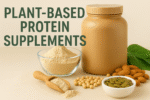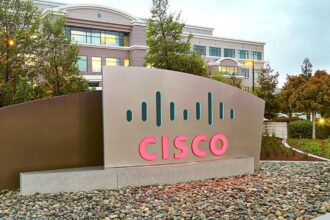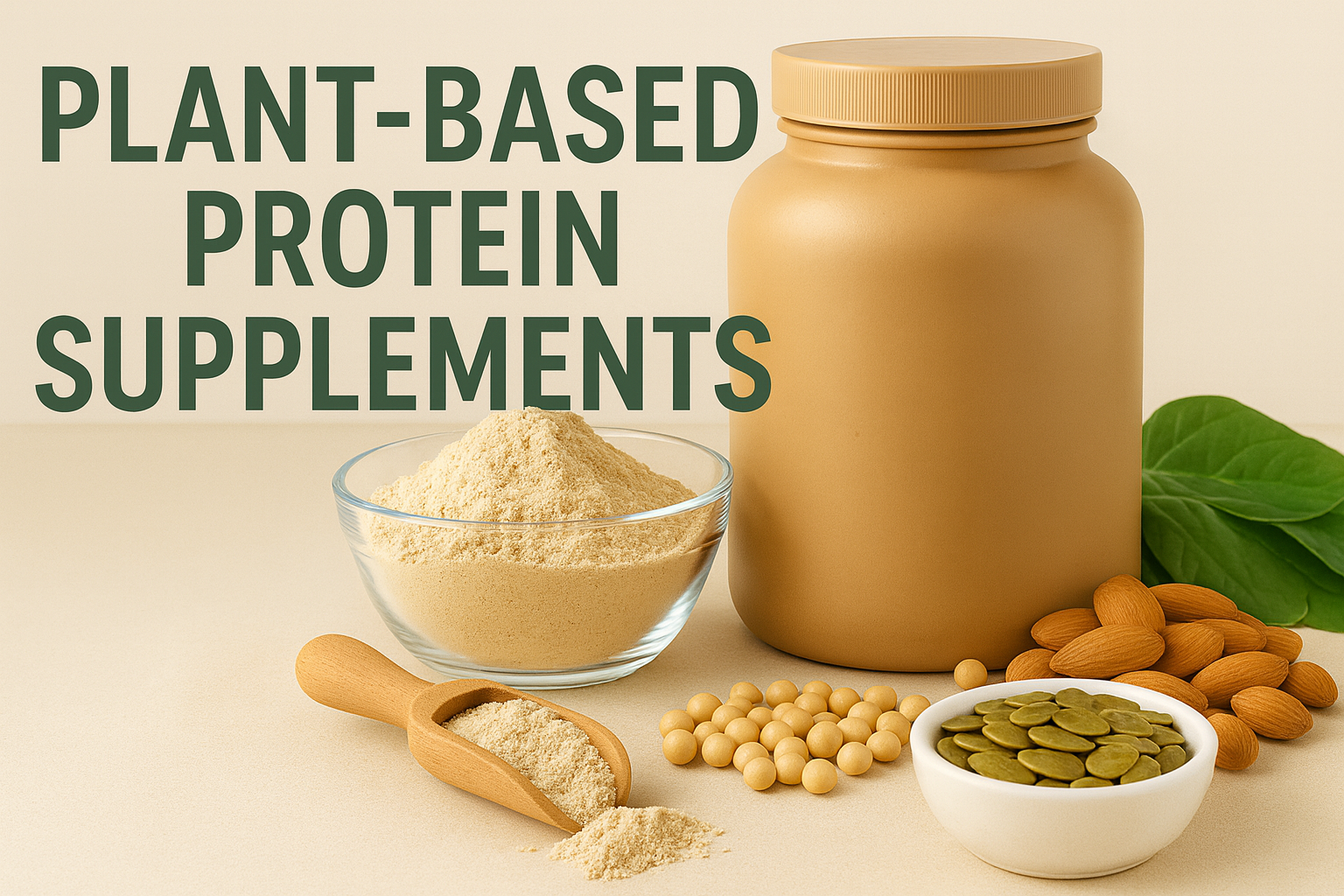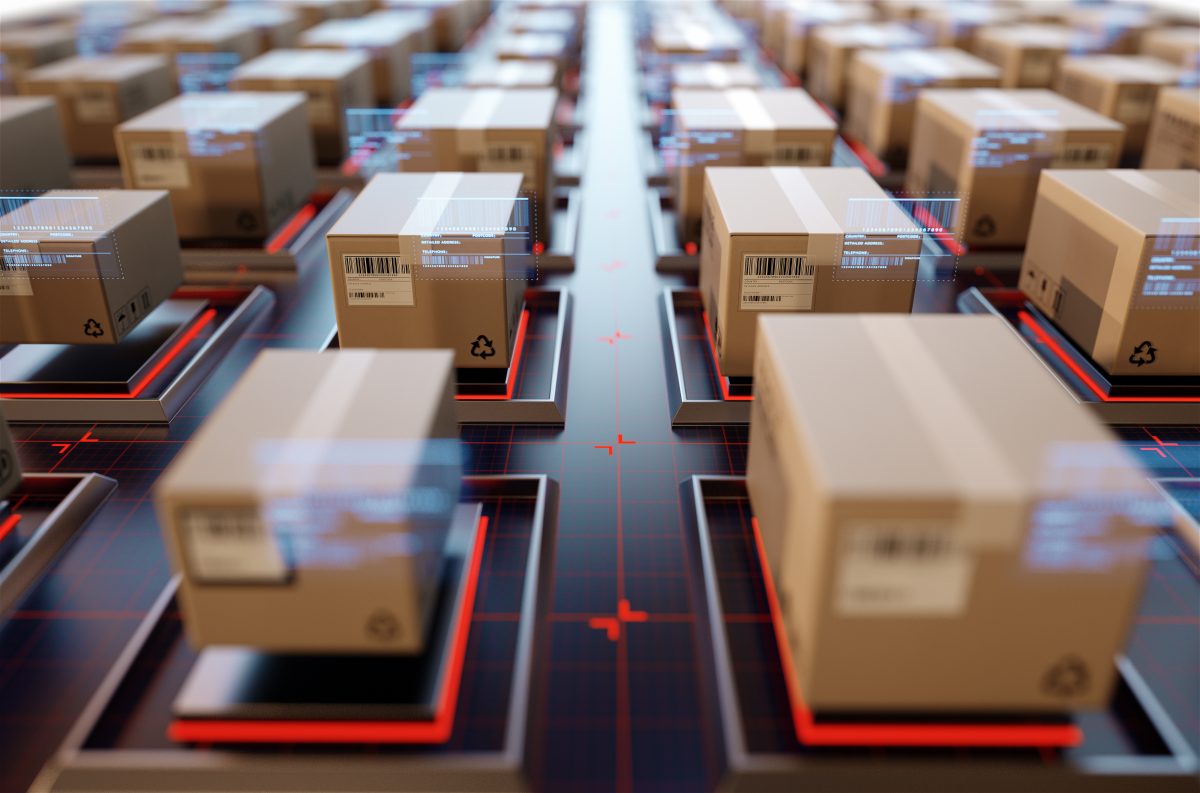The global pharmaceutical industry is bracing for disruption after U.S. President Donald Trump announced a 100% import tariff on branded and patented drugs, effective October 1. The measure, aimed at expanding domestic U.S. manufacturing, applies to all foreign suppliers, including major suppliers like India, which has intensified trade tensions in one of the world’s most vital sectors.
Global exporters, from European innovators to Asian API suppliers, now face steeper entry costs into the U.S., the world’s largest pharmaceutical market. Analysts warn the move could ripple through supply chains, raising questions about drug affordability, market access, and production strategies.
India, often referred to as the “pharmacy of the world,” exported more than USD 10.5 billion worth of drugs to the U.S. in FY2025, with the bulk comprising generic medicines. The Indian pharmaceutical manufacturing market size was valued at USD 17.79 billion in 2023 and is projected to reach USD 35.38 billion by 2030, growing at a CAGR of 10.5% from 2024 to 2030.
These new tariffs explicitly target branded and patented drugs; much of India’s generics-heavy export base may initially avoid direct impact. However, Industry experts caution that complex generics, biosimilars, and specialty formulations, areas of growing focus for Indian firms, could come under pressure if tariff coverage widens. The next few weeks will be critical as stakeholders wait to see how the new tariff will be defined and enforced. Industry groups in India and abroad are likely to push for exemptions, while U.S. negotiators decide which drugs qualify as ‘branded and patented.’ The outcome will depend on whether carve-outs, phased rollouts, or bilateral concessions are introduced, factors that could greatly shape the policy’s impact. This is a key moment to weigh both risks and opportunities for pharmaceutical companies, investors, and healthcare providers.
















